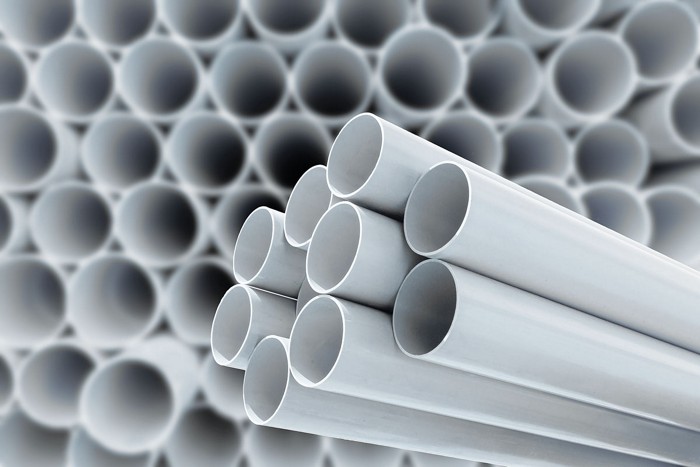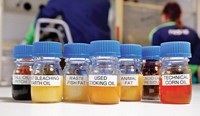Advertisement
Grab your lab coat. Let's get started
Welcome!
Welcome!
Create an account below to get 6 C&EN articles per month, receive newsletters and more - all free.
It seems this is your first time logging in online. Please enter the following information to continue.
As an ACS member you automatically get access to this site. All we need is few more details to create your reading experience.
Not you? Sign in with a different account.
Not you? Sign in with a different account.
ERROR 1
ERROR 1
ERROR 2
ERROR 2
ERROR 2
ERROR 2
ERROR 2
Password and Confirm password must match.
If you have an ACS member number, please enter it here so we can link this account to your membership. (optional)
ERROR 2
ACS values your privacy. By submitting your information, you are gaining access to C&EN and subscribing to our weekly newsletter. We use the information you provide to make your reading experience better, and we will never sell your data to third party members.
Biomaterials
Ineos is poised to make bio-PVC in Germany
Plastic maker will replace naphtha feedstock with tall oil from trees
by Alex Scott
February 12, 2020
| A version of this story appeared in
Volume 98, Issue 7

Ineos is set to become one of the first companies to produce polyvinyl chloride from a biobased raw material. Not everyone thinks it’s a good idea.
The biobased feedstock Ineos has chosen is tall oil, a byproduct of pulping coniferous trees. PVC is usually made by combining chlorine with ethylene obtained from fossil fuel.
Ineos will substitute some tall oil for fossil-derived naphtha to produce ethylene in one of its crackers in Cologne, Germany. The firm has an agreement to source the tall oil from the Finnish paper firm UPM. The two crackers have a combined annual output of 1.3 million metric tons (t) of ethylene, which Ineos converts into more than 4 million t of PVC, polyethylene, and other products. Ineos isn’t saying how much of that output will be based on tall oil.
Ineos is branding its bio-PVC as Biovyn. It is set for use in products including food packaging, medical apparatuses, and pipes. Products made using tall oil will have the same properties as those made using fossil-based feedstock, the company says.
Switching from fossil fuel to a biomaterial will significantly reduce the climate change impact of Ineos’s products and supports a circular approach to production, according to Ineos. In a statement, UPM’s head of sustainability, Maiju Helin, describes the move as “a great step forward for the bioeconomy.”
But environmental groups question the benefits of bio-PVC. “PVC will still have the same problems, whether it is fossil-based or biobased, including issues with recycling,” says Jonatan Kleimark, senior chemical advisor for ChemSec, a Swedish organization promoting sustainable chemicals. “And it will still require stabilizers and plasticizers, and that will be a problem.”
Since bio-PVC will still be more than 60% chlorine by weight, using biobased ethylene will be less effective than for other plastics, Kleimark adds.




Join the conversation
Contact the reporter
Submit a Letter to the Editor for publication
Engage with us on Twitter